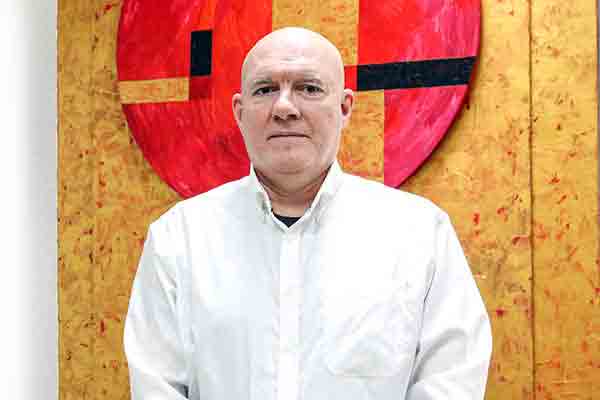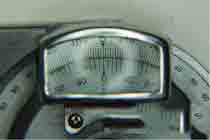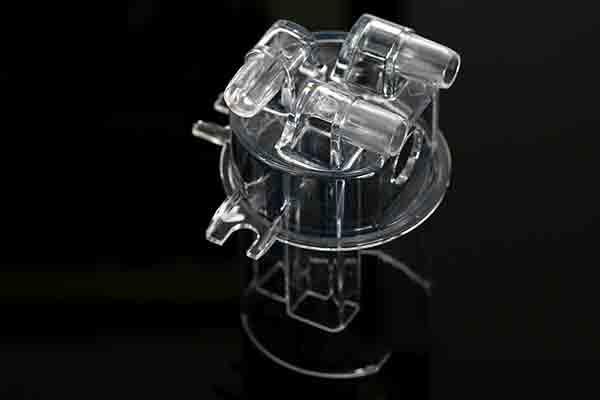
Rapid prototypes help you to test your design’s look and feel as well as its performance. You can iterate multiple material options and gauge your potential market without a major investment in time and money.
Once you’re happy with your product and you’re ready to move from prototyping to production, there are several things you need to get right to ensure the transition to larger volumes is a smooth one. We put these five tips together to help you streamline your new product introduction journey for the best results when it’s time to take your product to market.
1. Choose the Right Manufacturing Process
Metal Products
Metal prototypes are usually made by CNC machining or metal 3D printing. Although great for some types of prototypes, metal 3D printing is not suited for production in many cases. Even though technology is advancing, it is still too slow and expensive for larger volumes unless you require complex geometries and light weight parts.
Most metal prototypes are made by CNC machining and this is a good way to scale up volumes over time as demand increases.
For high-volume manufacturing, consider pressure die casting. This is the fastest and most economical way to make large batches of identical metal parts. Be aware that there are design for manufacturing rules that should be followed for PDC, and you will need to invest in a production tool. But this cost can be recouped over a large production order.
Plastic Products
If the prototype was made from plastic it was likely made via 3D printing, CNC machining or polyurethane vacuum casting. For larger volumes in plastic the ideal solution is plastic injection molding.
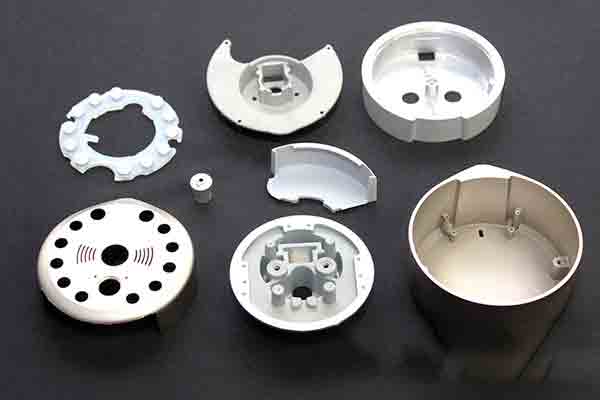
Parts for the Gate smart lock were made from a variety of processes.
Injection molding, like pressure die casting, requires close adherence to design rules that don’t come into play when using rapid prototyping techniques. These include the use of ribs and bosses, minimal wall thickness dimensions, draft angles, the positions of gates, runners, ejector pins and many other considerations.
Therefore, product developers should ensure that their plans account for the additional cost and time-to-market that a transition from one process to another will involve.
2. Prepare a Bill of Materials
Prototypes usually involve only a few finished parts and these are priced per complete unit.
When it’s time to go to production, every single item in the assembly needs to be accounted for. Every nut, bolt and screw, rubber button or metal clip, even the amount of paint or glue – all must be accounted for as a separate cost. More line items mean a more complex supply chain, so it pays to keep the design as simple as possible.
Finally, a detailed BOM can help you to assess how much labor is involved in the assembly process, which can be a significant cost driver.
3. Choose The Right Material
Sometimes a prototype is made from an expensive or exotic material. This is done to make it a show piece or to help with a marketing or funding campaign. But exotic materials are not a good choice for high volume manufacturing.
Instead, consider substituting more common raw materials. They will be less expensive and easier and faster to procure. Most importantly, manufacturers have more experience working with stock materials so that will make it easier to control process parameters for more reliable results.
4. Choose the Right Surface Finish
A prototype that was carefully sanded, polished and hand-painted with a custom color no doubt looks great. But is that practical on a large scale? Elaborate surface finishes tend to require a lot of attention to detail and careful hand work, something that isn’t always possible for high-volume production.
If you need specialized finishing processes, we recommend finding ways to automate or sticking to one or two finishes rather than multiple finishes. For aluminum parts, anodizing is an attractive and very durable surface treatment and parts can be processed in batches as needed without committing to any minimum volumes.
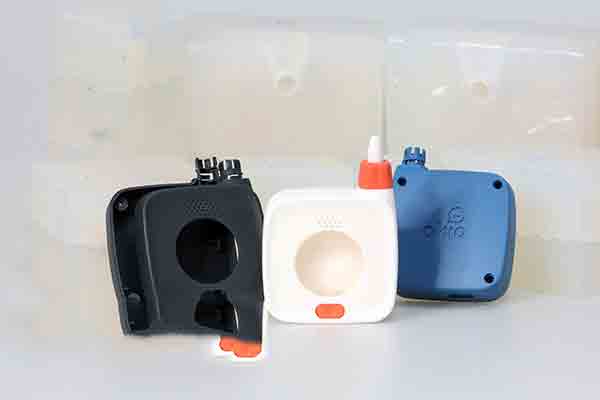
Okio rapid prototypes made with polyurethane vacuum casting
5. Plan for Certification and Testing
Unlike prototypes, production parts for commercial sale need to be certified under a variety of safety and regulatory schemes. These will depend on many factors including the environment the product is used in, whether its electrically powered and the country where it’s sold.
You should be prepared to send finished products to different organizations for certifications, and calculate for the time and expense of this necessary step.
Taking the Next Step
When you’re ready to launch your prototype as a commercial product, we’re ready with a suite of manufacturing services in-house to help you scale from prototype to production. Contact us or upload your CAD files for a free quotation today to find out why Michigan CNC Machining Parts, Inc. is the leader in prototyping and new product development.
Chris Williams is the Content Editor at Michigan CNC Machining Parts, Inc.. He is passionate about writing and about developments in science, manufacturing and related technologies. He is also a certified English grammar snob.

